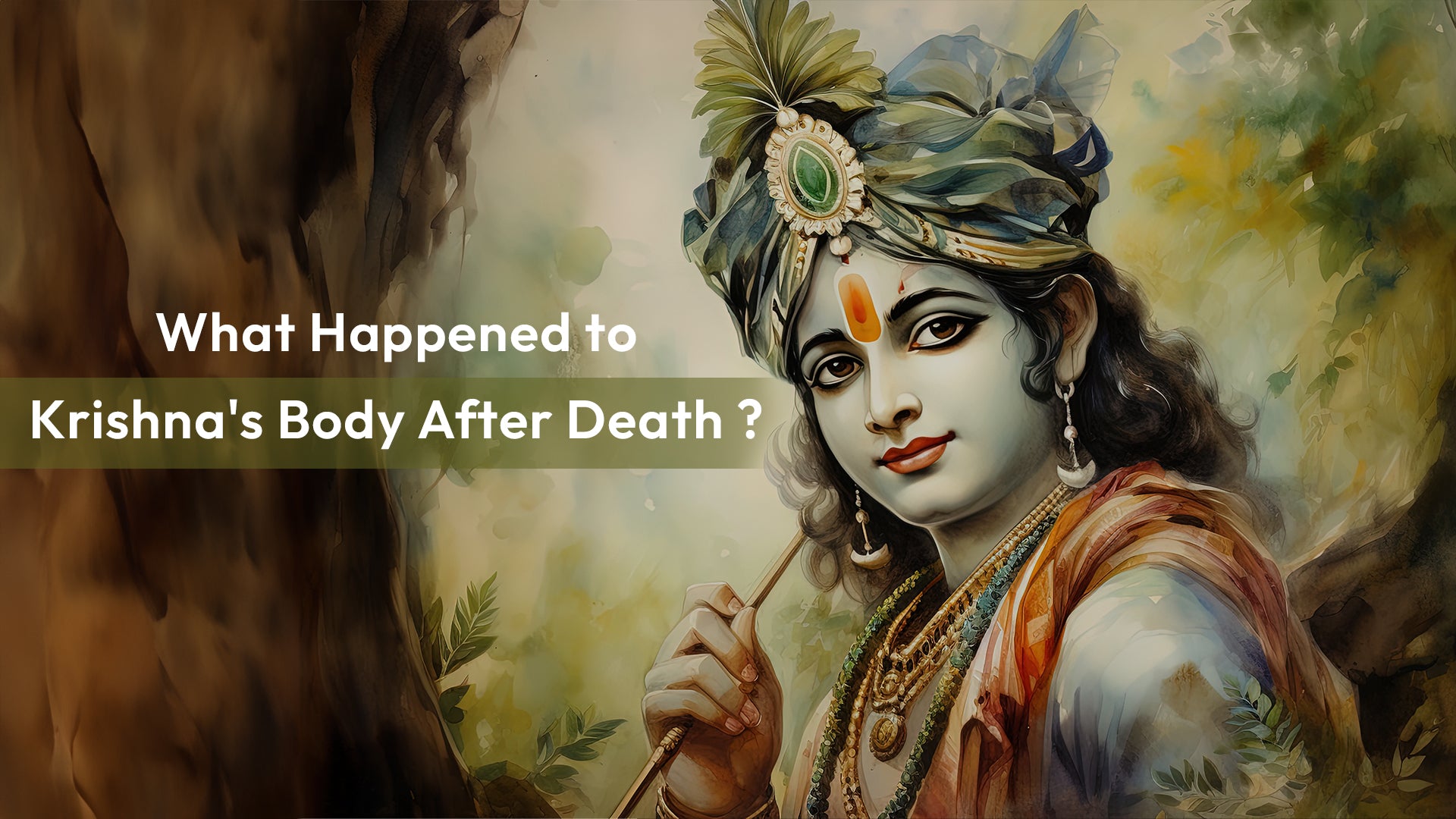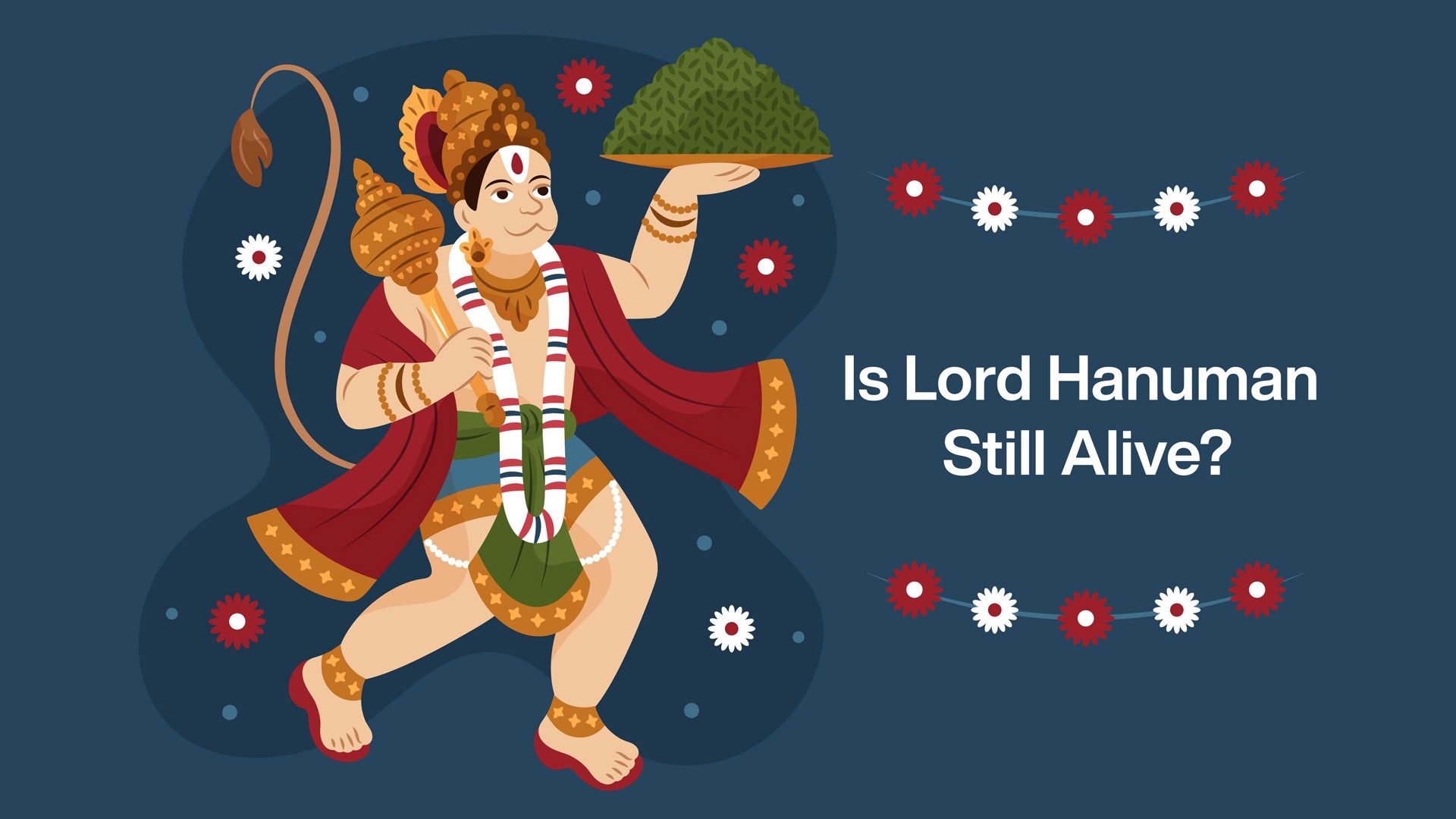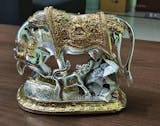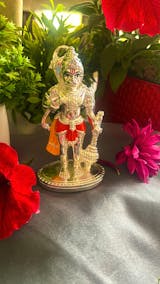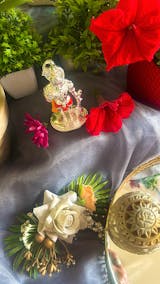Vishnu, otherwise known as Narayana and Hari, is one of the supreme gods in Hinduism. Considered the preserver or protector of the universe, he is believed to return to Earth every time evil elements plague the planet. According to mythology, he will incarnate in different forms (avatars) to restore the balance on the planet and eliminate the elements that disturb peace and harmony among living beings.
The mystical stories of the 10 avatars of Lord Vishnu are fascinating tales of divine powers, the virtue of faith, and miracles. Today, let us take a look at what these stories preach by going through the 10 avatars of Lord Vishnu in order of their appearance in Puranas.
The 10 Avatars of Vishnu
1. Matsya
Derived from a Sanskrit word ‘Matsya’ meaning fish, Matsya is the first of Lord Vishnu's ten avatars. He is depicted as a giant golden fish–having the torso of a human body (Vishnu).
Since Vishnu is considered the preserver of the universe, his incarnation as Matsya ensured the continuity of species on our planet. During the great floods (Jal Parlay), he incarnated as Matsya and advised the first man, Vaivasvata Manu, to build a giant boat to save a sample of every plant, herb, and animal species, along with the seven saints (Saptarishis), on his boat and repopulate the planet after the deluge. Today, the Matsya avatar is a symbol of protection and salvation and represents the cyclical nature of existence.

2. Kurma
Kurma is the second incarnation and tortoise avatar of Lord Vishnu. He is depicted as half man, half tortoise. He is also associated with the World-Turtle Akupara, which is believed to carry the world on its back.
Kurma is also considered (mythologically) to support Mount Mandara, a churning rod used for Samudra Manthan, on his back. Mandara was used to retrieve the mythical Amrita, the elixir of immortality, from the cosmic ocean. Kurma exemplifies stability and patience.

3. Varaha
Varaha means wild boar, so the avatar is depicted as a human with a boar’s head. His consort is Bhudevi, Mother Earth, personified as a young woman. He is the rescuer of Bhudevi from the cosmic ocean by killing Hiranyaksha, the demon who had stolen her. In doing so, this avatar of Vishnu became the symbol of the rescue and restoration of Earth.

4. Narasimha
Narasimha is the fourth avatar of Lord Vishnu and is considered the fiercest. He is portrayed as a human body with the face and claws of a lion. He is considered to have come to protect his devotee Prahlad from his father, the demon king Hiranyakashyap. The story of Narasimha breaking out of a pillar to raise Prahlad in his arms as he disembowels Hiranyakashyap is a powerful imagery. He is worshipped as the god who shields his devotees against evil.

5. Vamana
Vamana is the fifth avatar of Lord Vishnu. The word 'vamana' in Sanskrit means dwarf and that is how this incarnation of the lord manifested. The noble Asura King, Bali, had defeated the king of gods, Indra, and conquered all the worlds. Vamana came to him as a Brahmin, often depicted with an umbrella and a Kamandalu pot, and requested three steps of land. In each step, he covered each of the three worlds, returning them to the gods. The story serves as a reminder of the dangers of excessive pride. Vamana is worshipped as the agent of restoring balance to the universe.

6. Parashurama
Parashurama is the sixth avatar of Lord Vishnu. This axe-wielding Brahmin got his name from his weapon of choice 'parshu', which means axe in Sanskrit. He is one of the ashta-chiranjeevis and appears through tales set in different yugas. He is said to reside in the Mahendragiri mountains in Odisha. His tale is that of rage, penance, and finally, devotion to a cause. He is worshipped as the ultimate wielder of weapons.

7. Rama
Rama is the seventh avatar of Lord Vishnu and said to have walked the earth to rid it of evil and exemplify the perfect person. He is worshipped to seek guidance to do the right thing, even if it is the most difficult task. Known for his righteousness and discipline, he is adored as Maryada Purushottam–the perfect man. His triumph over the demon king of Lanka, Ravan, gave rise to the Dussehra celebrations and his return to Ayodhya, his birth kingdom, is celebrated as Diwali even today.

8. Krishna
Lord Krishna is the eighth avatar of Vishnu and is considered the only full avatar and a Supreme God in his own right. He is seen as the punisher of evil and restorer of Dharma. Considered a great strategist, he is credited with orchestrating the Pandava win in the great Mahabharata war. He is the most widely revered of all of Vishnu's avatars and is often worshipped as a son, a friend, and even a soulmate. Miracles he performed in his lifetime are widely narrated in arts and folklore and are known as Krishna Lila.

9. Buddha
Buddha is considered the ninth avatar of Lord Vishnu. He was the prince of the Raghuvamsa-Suryavamsha dynasty ruling the Shakya Republic but gave it all up and lived life as a hermit, teaching common people about the middle path to salvation. Agni Purana says Vishnu took on the Buddha avatar to aid devas against the asura's influence on earth.

10. Kalki
Kalki is considered the tenth avatar of Vishnu and the only avatar yet to be born. There have been depictions of what he would look like, where he would be born and to whom, among other details. In his most popular depiction, he is seen riding a white horse called Devadutta, which is none other than Vishnu's loyal Vahana Garuda. He is tasked with defeating the demon Kali, ending the current Kali Yuga and ushering in a new Satya Yuga.

Conclusion
The tales of the ten avatars of Lord Vishnu not only sound fascinating but also pique your desire to dive deeper into their lives. Each avatar has a meaningful story and life lessons to tell, which makes learning more about Lord Vishnu worth your time and devotion.

